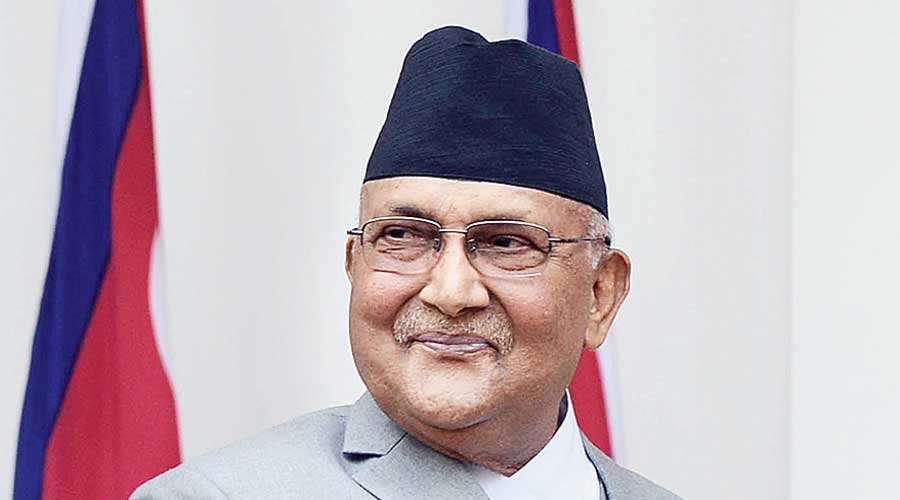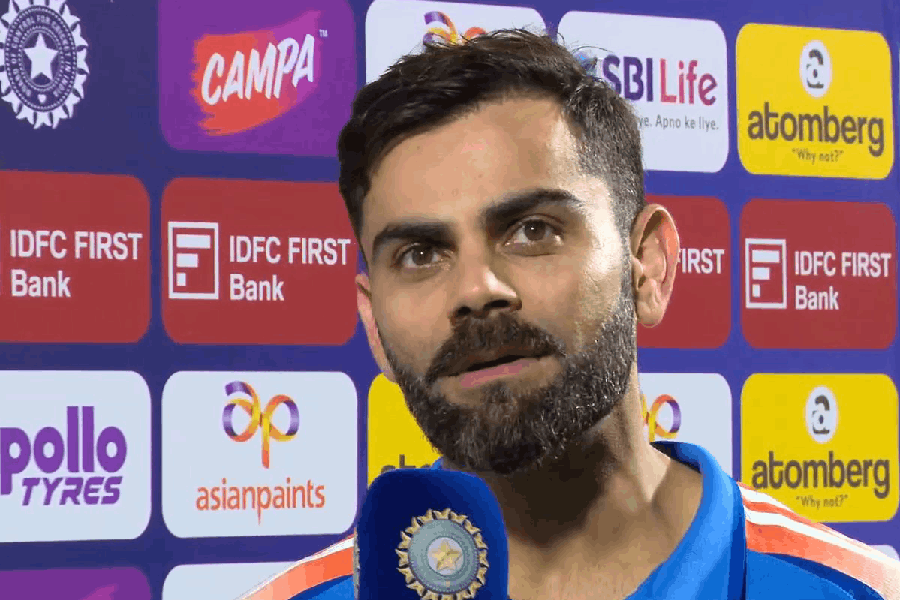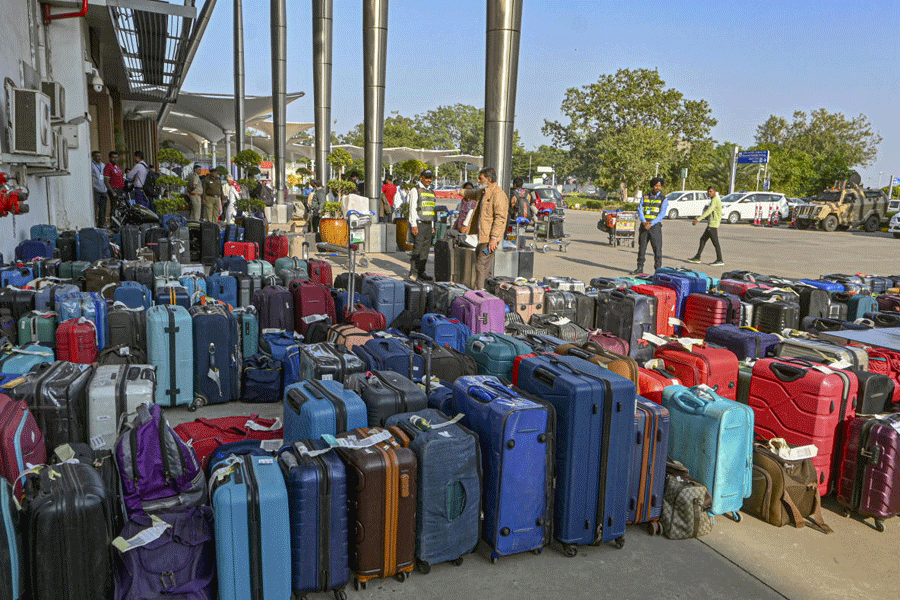Identity, in these fractious times, is inevitably linked with crisis. It is only logical that identity crisis, not to put too fine a point on it, would be a great unifier. It afflicts the cradle of gods and men, linking the divine with the profane in unexpected ways. Consider the case of Ayodhya, a sacred site in India on account of its umbilical cord with a revered deity. There is now word from Nepal that K.P. Sharma Oli, the Nepalese prime minister, has declared that Sita was married to Rama who hailed not from Ayodhya in Uttar Pradesh but from another Ayodhya located in Mr Oli’s country. It is unclear whether Nepal’s prime minister relied on fact or fiction to reach such an astonishing conclusion. What is clear, though, is that he has stirred the proverbial hornets’ nest. Holy men in India are breathing fire at Mr Oli bungling up his geography; the sadhus have demanded that he must be punished. Perhaps they have 14 years of political sanyas on their minds. Meanwhile, vigilantes, as is their wont, chose a softer target, tonsuring a Nepalese national in Varanasi.
The Indian prime minister, whose party is heavily reliant on matters of faith to score political goals, is unlikely to be amused by Mr Oli’s suggestion. But he may have secretly appreciated Mr Oli’s fine art of mixing fact and fiction; after all, Narendra Modi, too, is considered to be a master of this kind of politics. Indeed, it is not implausible that politics lies at the heart of this controversy. India’s relationship with Nepal — Mr Modi can certainly claim credit for this ‘achievement’ — has been deteriorating recently. Mr Oli — he, it is believed, wants Kathmandu to build a setu with Beijing — may have simply chosen to pick on New Delhi: the best way to do it, in his opinion, would be to alter maps of places close to India’s heart.
Nepal’s foreign ministry has decided to cool down things, saying that Mr Oli was only trying to underline the Ramayana’s vast cultural geography. This contention cannot be easily disputed. The epic and its messages have been known to transcend the borders of time and space. Indeed, the Ramayana, integral to India’s arsenal of diplomatic soft power, has shaped thoughts, philosophies and cultures near and far — Sri Lanka, Nepal, and several other nations in Southeast Asia continue to be under its spell. Ayodhya’s most famous son’s impressive geographical appeal has been complemented by the epic’s seamless fusions with numerous local cultures, rendering the katha with a fascinating plurality. Scholarly works suggest the existence of different versions of the epic, some of which even challenge the more popular retelling. This diversity, unfortunately, often gets the goat of the worshippers of hegemony. That is perhaps why even imaginative suggestions are capable of raising fiery tempests across kingdoms.












